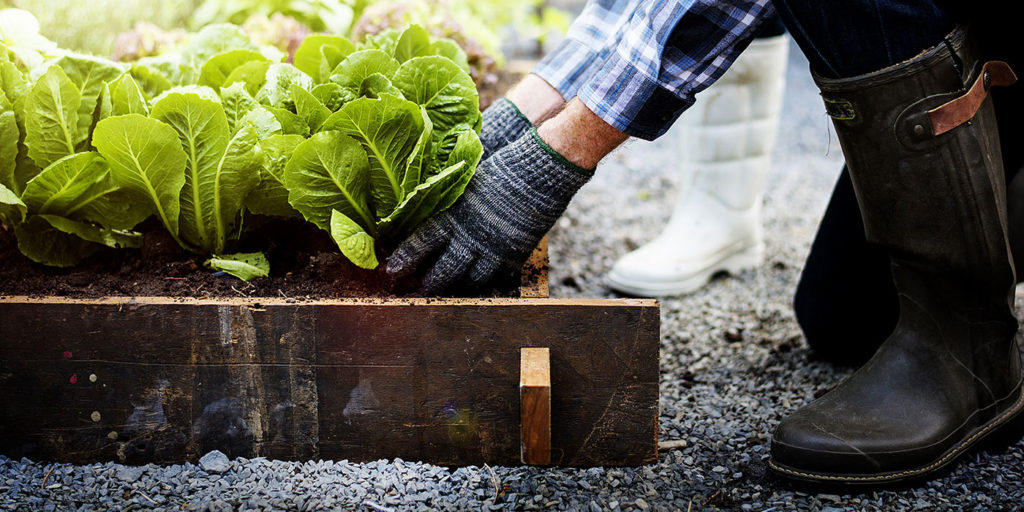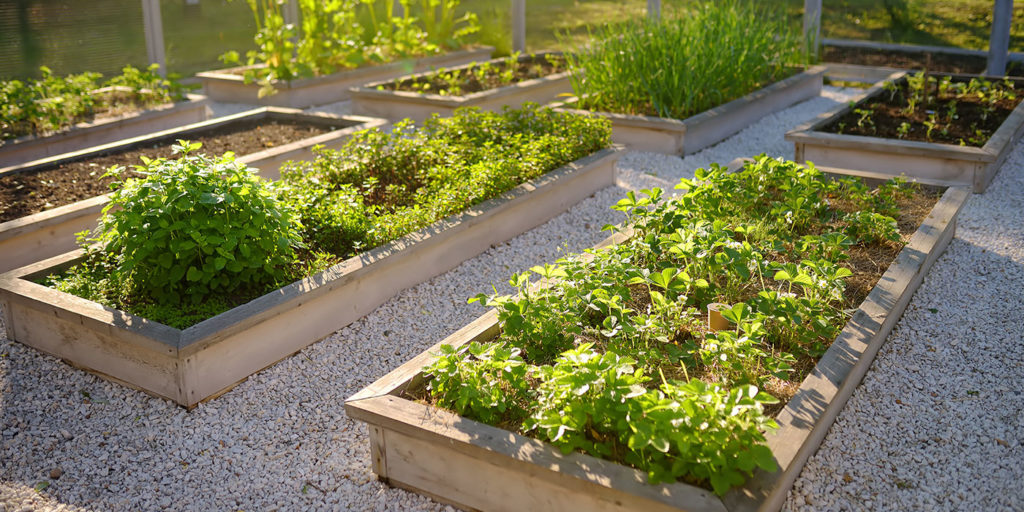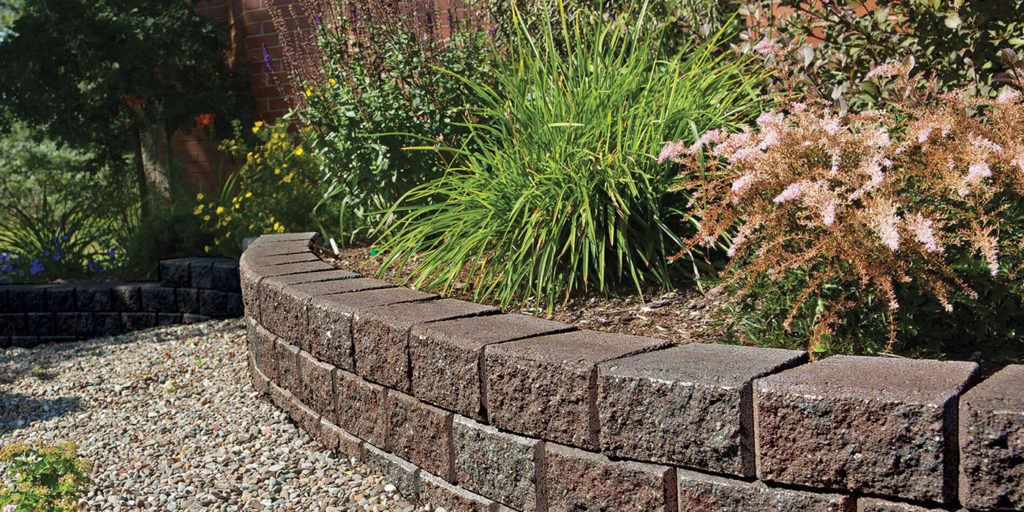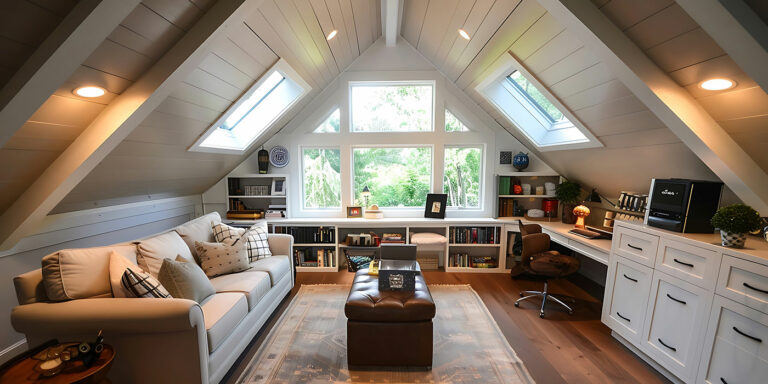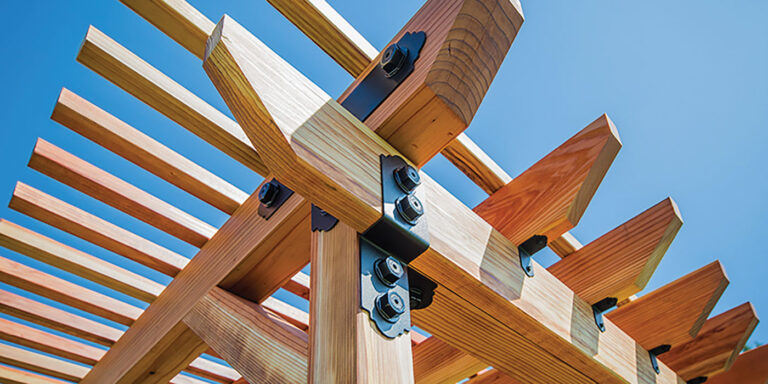A raised garden bed can be a simple utilitarian vegetable garden or a decorative architectural feature on your property. They are generally made from rot-resistant wood, stone or concrete. As the images show, wood beds are straight and linear while beds built from stone or concrete can be curved.
Gardens built at least 12 inches off the ground warm faster in spring which permits earlier planting and growth of existing plants. This is especially important for raised vegetable gardens, you will have a earlier harvest in the spring, and later in the fall. Raised garden beds can be 4-sided and usually don’t have a bottom. This allows plants the freedom to root as deeply as they need.
Add cardboard or newspaper to the bottom of your bed to inhibit weeds and enable earth worms to travel freely. If you have issues with tunneling critters then stop them with a fine wire mesh laid on the bottom. Raised beds naturally have good drainage but can also dry out so consider including a soaker hose on a timer to make watering easier.
Where you build your raised garden bed will determine what plants to grow. Vegetable gardens should be in a sunny spot while flower gardens can be almost anywhere.

